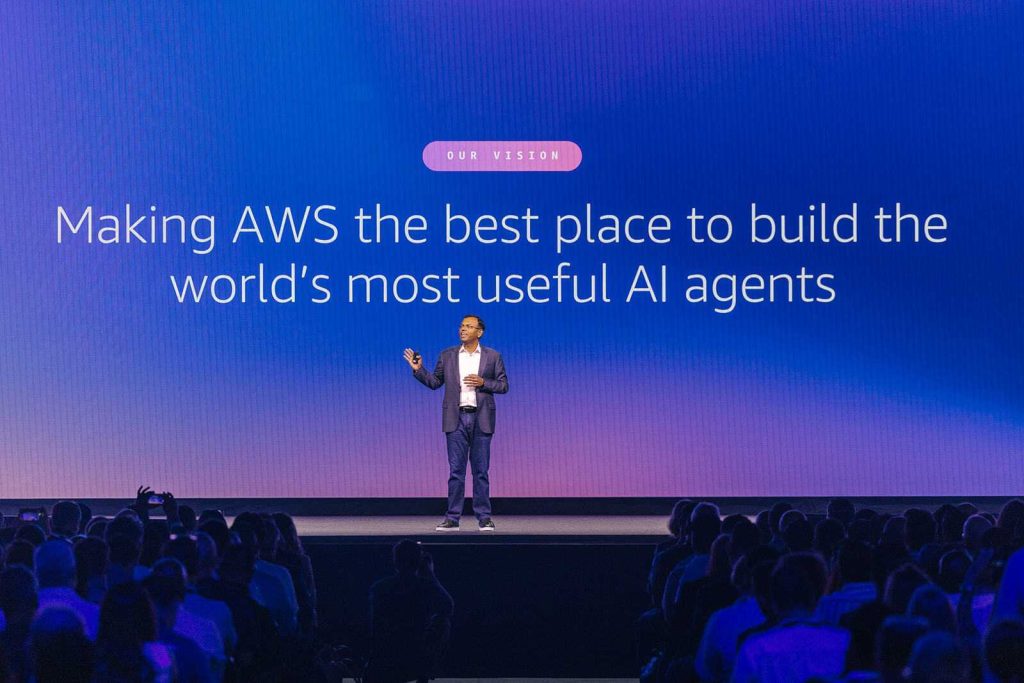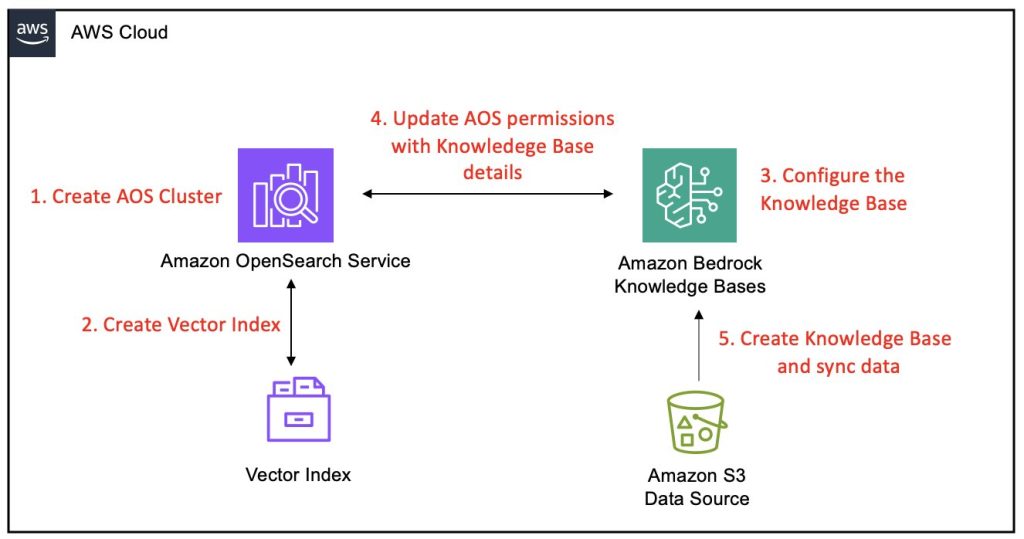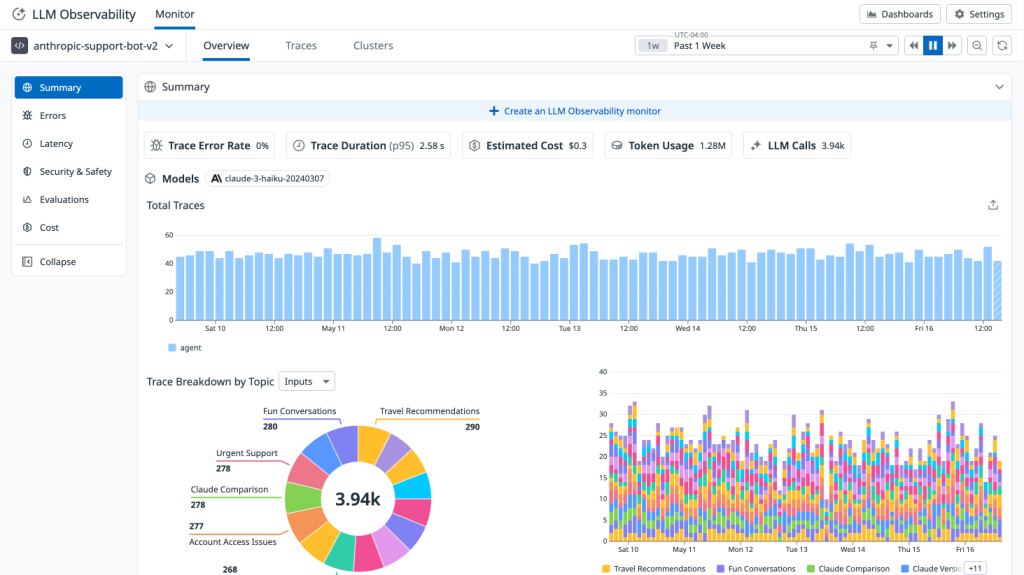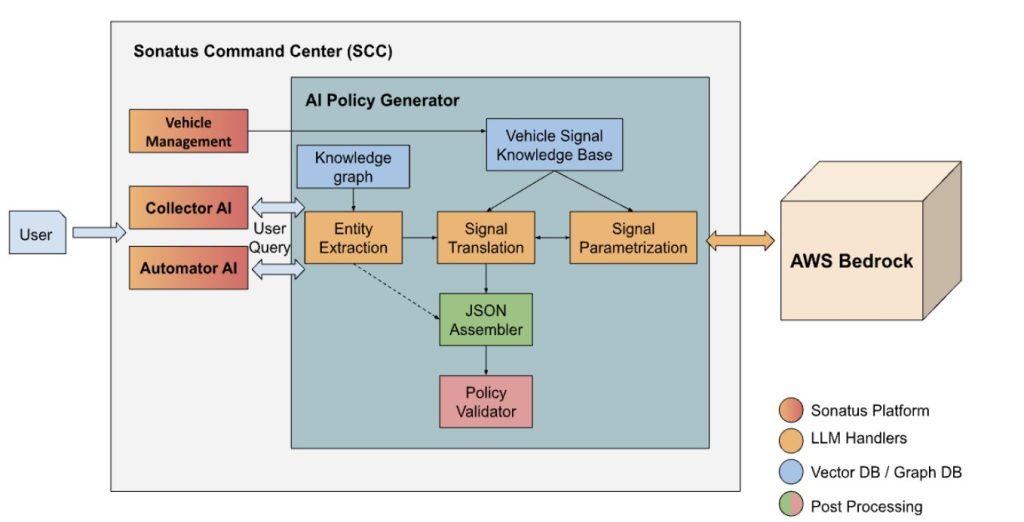Artificial Intelligence
Category: Amazon Machine Learning
Accenture scales video analysis with Amazon Nova and Amazon Bedrock Agents
This post was written with Ilan Geller, Kamal Mannar, Debasmita Ghosh, and Nakul Aggarwal of Accenture. Video highlights offer a powerful way to boost audience engagement and extend content value for content publishers. These short, high-impact clips capture key moments that drive viewer retention, amplify reach across social media, reinforce brand identity, and open new […]
Enabling customers to deliver production-ready AI agents at scale
Today, I’m excited to share how we’re bringing this vision to life with new capabilities that address the fundamental aspects of building and deploying agents at scale. These innovations will help you move beyond experiments to production-ready agent systems that can be trusted with your most critical business processes.
Amazon Bedrock Knowledge Bases now supports Amazon OpenSearch Service Managed Cluster as vector store
Amazon Bedrock Knowledge Bases has extended its vector store options by enabling support for Amazon OpenSearch Service managed clusters, further strengthening its capabilities as a fully managed Retrieval Augmented Generation (RAG) solution. This enhancement builds on the core functionality of Amazon Bedrock Knowledge Bases , which is designed to seamlessly connect foundation models (FMs) with internal data sources. This post provides a comprehensive, step-by-step guide on integrating an Amazon Bedrock knowledge base with an OpenSearch Service managed cluster as its vector store.
Monitor agents built on Amazon Bedrock with Datadog LLM Observability
We’re excited to announce a new integration between Datadog LLM Observability and Amazon Bedrock Agents that helps monitor agentic applications built on Amazon Bedrock. In this post, we’ll explore how Datadog’s LLM Observability provides the visibility and control needed to successfully monitor, operate, and debug production-grade agentic applications built on Amazon Bedrock Agents.
How PayU built a secure enterprise AI assistant using Amazon Bedrock
PayU offers a full-stack digital financial services system that serves the financial needs of merchants, banks, and consumers through technology. In this post, we explain how we equipped the PayU team with an enterprise AI solution and democratized AI access using Amazon Bedrock, without compromising on data residency requirements.
Build AI-driven policy creation for vehicle data collection and automation using Amazon Bedrock
Sonatus partnered with the AWS Generative AI Innovation Center to develop a natural language interface to generate data collection and automation policies using generative AI. This innovation aims to reduce the policy generation process from days to minutes while making it accessible to both engineers and non-experts alike. In this post, we explore how we built this system using Sonatus’s Collector AI and Amazon Bedrock. We discuss the background, challenges, and high-level solution architecture.
How Rapid7 automates vulnerability risk scores with ML pipelines using Amazon SageMaker AI
In this post, we share how Rapid7 implemented end-to-end automation for the training, validation, and deployment of ML models that predict CVSS vectors. Rapid7 customers have the information they need to accurately understand their risk and prioritize remediation measures.
Build secure RAG applications with AWS serverless data lakes
In this post, we explore how to build a secure RAG application using serverless data lake architecture, an important data strategy to support generative AI development. We use Amazon Web Services (AWS) services including Amazon S3, Amazon DynamoDB, AWS Lambda, and Amazon Bedrock Knowledge Bases to create a comprehensive solution supporting unstructured data assets which can be extended to structured data. The post covers how to implement fine-grained access controls for your enterprise data and design metadata-driven retrieval systems that respect security boundaries. These approaches will help you maximize the value of your organization’s data while maintaining robust security and compliance.
Intelligent document processing at scale with generative AI and Amazon Bedrock Data Automation
This post presents an end-to-end IDP application powered by Amazon Bedrock Data Automation and other AWS services. It provides a reusable AWS infrastructure as code (IaC) that deploys an IDP pipeline and provides an intuitive UI for transforming documents into structured tables at scale. The application only requires the user to provide the input documents (such as contracts or emails) and a list of attributes to be extracted. It then performs IDP with generative AI.
Build a conversational data assistant, Part 2 – Embedding generative business intelligence with Amazon Q in QuickSight
In this post, we dive into how we integrated Amazon Q in QuickSight to transform natural language requests like “Show me how many items were returned in the US over the past 6 months” into meaningful data visualizations. We demonstrate how combining Amazon Bedrock Agents with Amazon Q in QuickSight creates a comprehensive data assistant that delivers both SQL code and visual insights through a single, intuitive conversational interface—democratizing data access across the enterprise.









